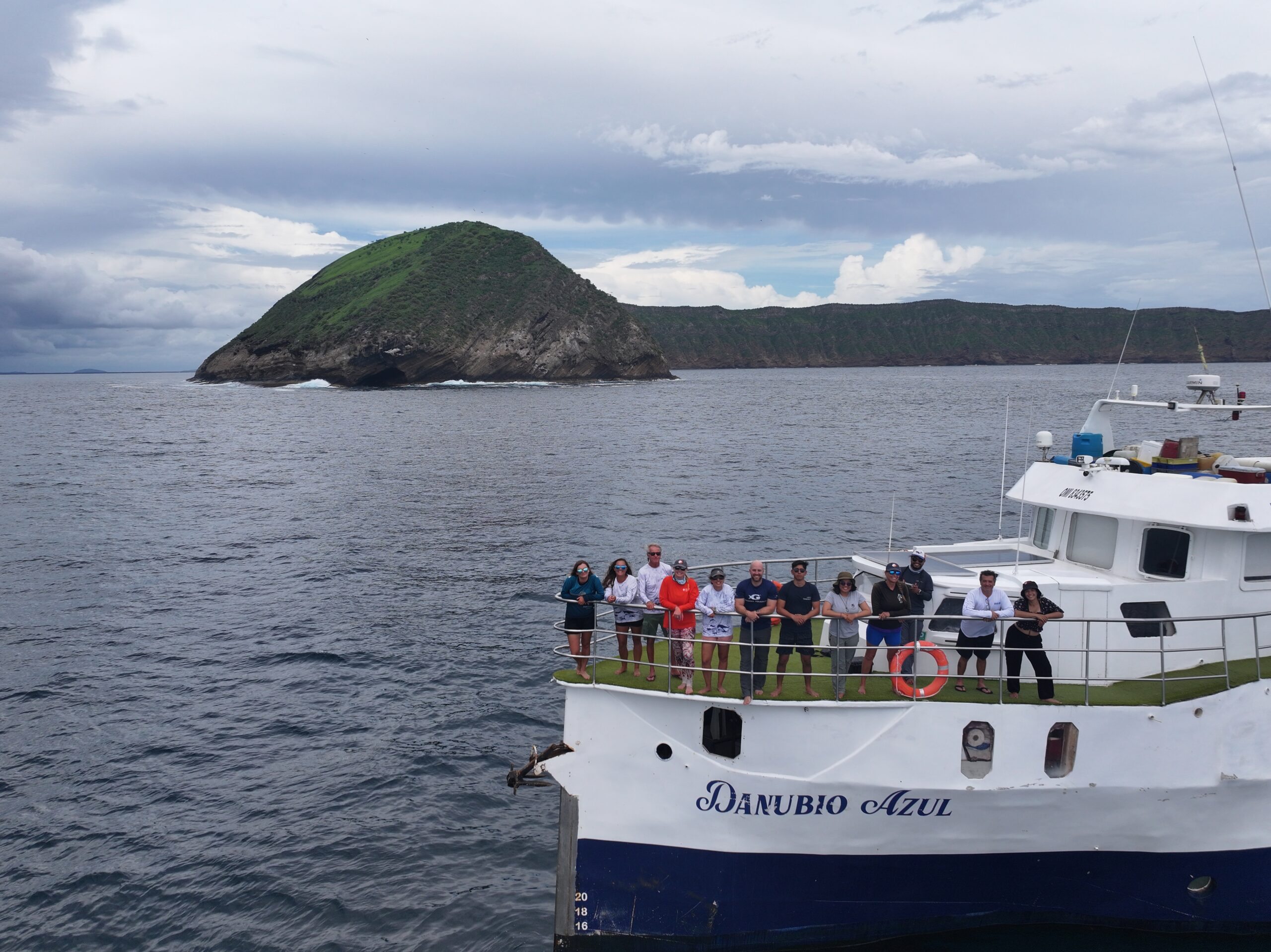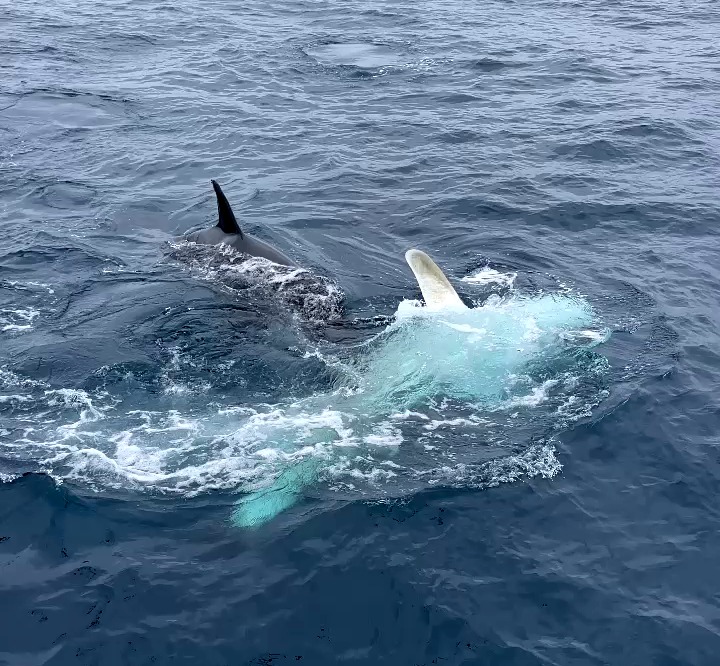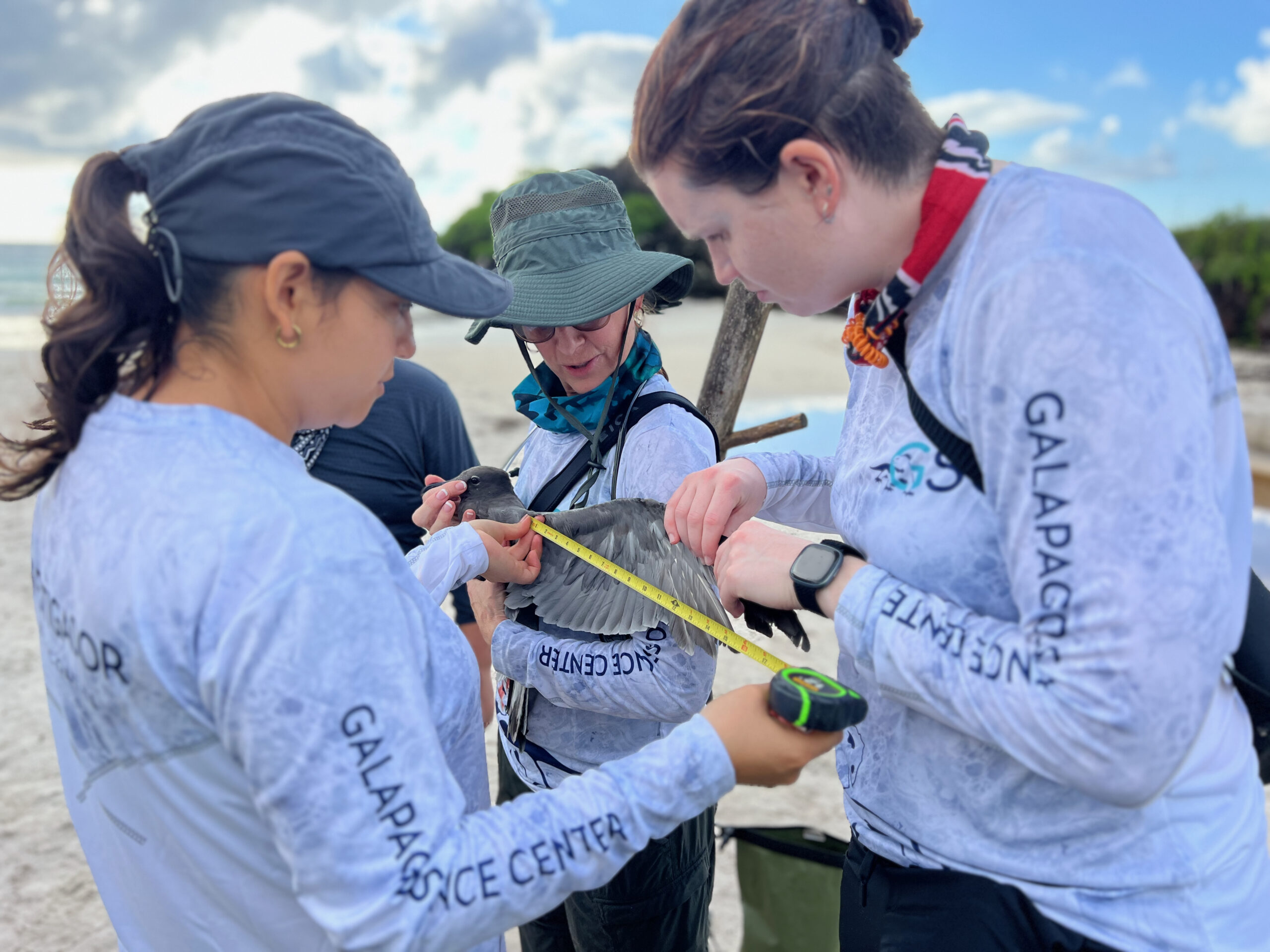Las características y particularidades de estos animales marinos llamaron la atención de Maximilian Hirschfeld investigador asociado del GSC y actualmente estudiante de postgrado de la Universidad de James Cook en Australia.
Hirschfeld ha trabajado en Galápagos estudiando movimientos, distribución y conectividad genética de tiburones (y otros animales marinos como tortugas, iguanas, lobos marinos) desde 2010.
Su investigación se ha centrado en identificar hábitats marinos que son esenciales para la supervivencia a largo plazo de especies marinas clave en colaboración con la Dirección del Parque Nacional Galápagos, logrando que muchas de sus recomendaciones se tomaran en cuenta para la elaboración del plan de manejo de la Reserva Marina de Galápagos.
En esta ocasión su trabajo está enfocado en proporcionar una síntesis global que muestre cómo las barreras marinas y la ecología de los tiburones y rayas definen la conectividad genética en el océano.

Para ello, Hirschfeld realizó el análisis de cientos de publicaciones sobre la genética de tiburones y rayas, se encontraron 45 barreras marinas, entre ellas fosas oceánicas profundas, cambios pronunciados en la salinidad o temperatura del agua, y corrientes marinas, las cuales podrían limitar la conectividad genética incluso a escalas espaciales pequeñas.
Por ejemplo, en especies pequeñas que viven cerca del lecho marino, incluidos los tiburones ángel del Pacífico (Squatina californica), carecen de intercambio genético a distancias de menos de 100 km, por lo tanto, el impacto de las barreras en la conectividad también depende de la ecología de las especies individuales.
Gracias a este estudio se ha podido determinar qué factores ecológicos como el hábitat, la profundidad a la que se pueden sumergir e incluso su tamaño definen la capacidad de una especie de superar o atravesar estas barreras.
“Por lo tanto, tener acceso a esta información científica es de vital importancia en la creación y modificación de políticas públicas pues muestra la capacidad de las especies para recuperarse ante diversos escenarios como la explotación o el cambio climático” recalca Hirschfeld.
De muchas especies de tiburones y rayas que habitan las aguas alrededor de Galápagos no existe información científica sobre su conectividad entre islas dentro del archipiélago, entre Galápagos y la costa continental de Sudamérica y regiones marinas de otros países.
Este estudio servirá como guía para los estudios actuales y futuros del Galapagos Science Center que buscan usar la información de conectividad genética para mejorar el manejo de los recursos marinos de Galápagos.
Escrito por Daniela González- Coordinadora de Comunicación del Galapagos Science Center.






